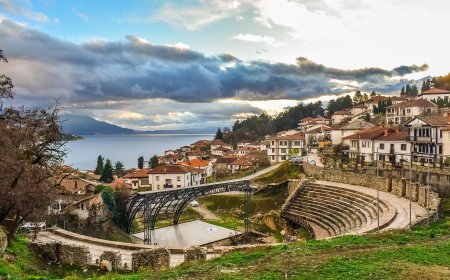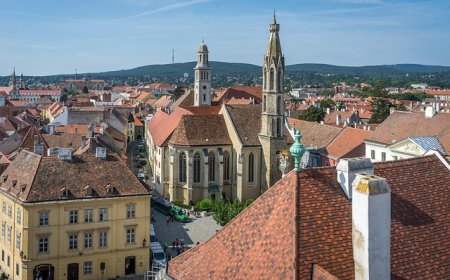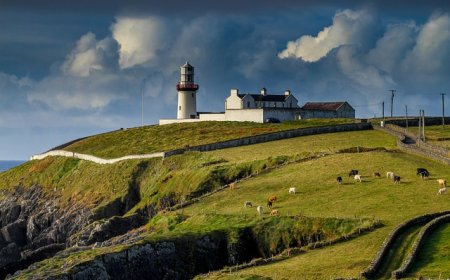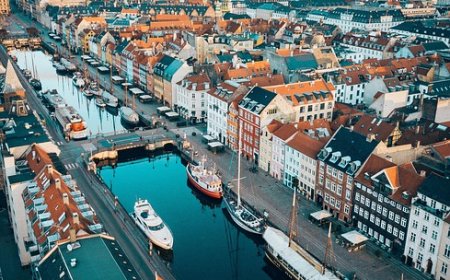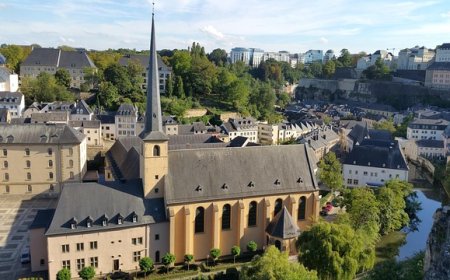Romania for Students: Geography, History, and Culture of a Unique European Country
Discover the history, geography, culture, and traditions of Romania in this informative and student-friendly article.
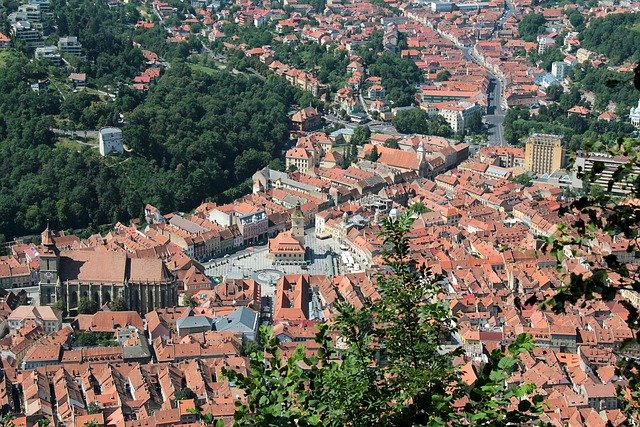
🇷🇴 Romania: Land of Castles, Carpathians, and Colorful Traditions
🗺 Introduction
Romania is a country in Eastern Europe known for its mystical castles, forests, and legends—especially those about Dracula, a fictional character said to live in Transylvania. But Romania is more than fairy tales. It’s a modern country with a deep history, a proud culture, and incredible natural beauty.
From the snowy peaks of the Carpathian Mountains to the winding waters of the Danube River, Romania is full of places to explore. Its traditions, dances, food, and language tell the story of a people who have kept their spirit strong through many centuries of change.
🌍 Geography and Location
Romania is located in southeastern Europe and shares borders with Ukraine, Moldova, Hungary, Serbia, and Bulgaria. To the east, it has a coastline along the Black Sea, which gives it access to trade and fishing.
Much of Romania is covered by the Carpathian Mountains, which form a curve through the center of the country. In the middle of these mountains is Transylvania, a region filled with forests, medieval towns, and castles. The Danube River runs along the southern border, creating wetlands and the famous Danube Delta, home to rare birds and fish.
Romania has four seasons: cold winters with snow, warm summers, and colorful spring and autumn months that are perfect for outdoor festivals and hiking.
🏙 Cities and Regions
The capital of Romania is Bucharest, the country’s largest city. Once called “Little Paris” because of its grand buildings and lively arts scene, Bucharest is now a bustling place with museums, parks, and the second-largest administrative building in the world: the Palace of the Parliament.
Other important cities include:
- Cluj-Napoca, a major university town in Transylvania known for technology and culture
- Brașov, a mountain town with a medieval square and nearby Bran Castle
- Timișoara, a western city with colorful buildings and strong art traditions
- Constanța, a port city on the Black Sea known for beaches and ancient ruins
Romania is divided into 41 counties and has several distinct regions, each with unique foods, accents, music, and folklore.
👨👩👧👦 People, Language, and Culture
Romania has a population of about 19 million people, most of whom are ethnic Romanians. There are also Hungarian, Roma, and Ukrainian communities. The official language is Romanian, a Romance language that evolved from Latin, similar to Italian and French.
Romanian culture is a mix of Eastern European and Latin influences. People are known for their hospitality, love of music, and respect for traditions. Folk art is strong, with colorful embroidery, wood carving, and painted Easter eggs.
Dances like the hora, where people join hands in a circle and move together, are still popular at weddings and festivals. Storytelling, especially about heroes, saints, and even vampires, has been part of Romanian life for generations.
🍽 Food and Traditions
Romanian food is flavorful and filling, often made with meat, vegetables, and spices like garlic and paprika. Many dishes are slow-cooked and passed down through families.
Traditional Romanian foods include:
- Sarmale, cabbage rolls filled with meat and rice
- Mămăligă, a cornmeal dish similar to polenta, served with cheese and sour cream
- Ciorbă de burtă, a sour soup made with beef tripe
- Mititei, grilled skinless sausages
- Cozonac, a sweet bread filled with nuts or chocolate, usually served at Easter and Christmas
Holidays like Easter, Christmas, and Great Union Day (December 1) are celebrated with parades, dances, and feasts. In rural areas, people still wear traditional costumes and sing carols door-to-door.
🏛 History of Romania
Romania’s history begins in ancient times with the Dacians, who lived in the region before being conquered by the Roman Empire. That’s where the name “Romania” comes from.
During the Middle Ages, Romania was divided into three main regions: Wallachia, Moldavia, and Transylvania. These were ruled by local princes and sometimes invaded by the Ottoman Empire or other powers.
In 1859, Wallachia and Moldavia united to form modern Romania. Transylvania joined after World War I. During World War II, Romania first supported the Axis powers but later switched sides. After the war, it fell under communist rule for more than 40 years.
In 1989, a revolution ended the communist dictatorship, and Romania became a democratic republic. It joined the European Union in 2007 and continues to grow as a strong member of modern Europe.
🌿 Nature and Environment
Romania is full of wild landscapes, including forests, mountains, rivers, and the Danube Delta, one of the most biodiverse places in Europe. Bears, wolves, lynxes, and deer roam the Carpathians, and birdwatchers come from all over to see pelicans and herons in the wetlands.
The Piatra Craiului and Retezat National Parks protect mountain peaks, rare plants, and wildlife. Romania has improved its recycling, forest protection, and environmental education in recent years.
Hiking, biking, skiing, and exploring caves are popular outdoor activities for Romanian families and visitors alike.
📚 Vocabulary List
| Word | Definition |
|---|---|
| Transylvania | A region in central Romania known for castles, forests, and legends |
| Danube River | A major European river that flows through Romania to the Black Sea |
| Sarmale | Romanian cabbage rolls filled with meat and rice |
| Hora | A traditional Romanian circle dance |
| Communism | A system where the state controls most aspects of life, once used in Romania |
| Palace of the Parliament | A massive building in Bucharest that houses Romania’s government |
| Cozonac | A sweet bread served at holidays in Romania |
| Dacians | Ancient people who lived in the area before it became part of the Roman Empire |
👧🧒 Kid-Friendly Summary
Romania is a fun and interesting country in Europe where people speak Romanian and love music, dancing, and stories. It has tall mountains, deep forests, and castles that look like they belong in fairy tales—especially in a region called Transylvania! People eat yummy foods like cabbage rolls and sweet breads.
In the past, Romania was ruled by kings, then by a strict government, but now it’s free and part of the European Union. Whether you’re exploring caves or watching a folk dance, Romania is a country full of beauty, history, and adventure.
🧠 Interactive Quiz: What Do You Know About Romania?
1. What is the capital of Romania?
A) Brașov
B) Cluj-Napoca
C) Bucharest
D) Timișoara
2. What famous region is found in central Romania?
A) Bavaria
B) Transylvania
C) Moldavia
D) Wallachia
3. What is the Danube Delta known for?
A) Castles
B) Mountains
C) Wildlife and birds
D) Oil fields
4. What are sarmale?
A) Grilled sausages
B) Sweet bread
C) Cabbage rolls with meat and rice
D) Chicken soup
5. What language do people speak in Romania?
A) Slavic
B) French
C) Romanian
D) Russian
6. What does the word “hora” mean in Romanian culture?
A) A song
B) A stew
C) A circle dance
D) A musical instrument
7. What major building is in Bucharest?
A) Parliament of Europe
B) Palace of the Parliament
C) Bran Castle
D) Cathedral of Lights
8. What happened in Romania in 1989?
A) A civil war
B) A royal wedding
C) The communist government ended
D) A new mountain formed


















































